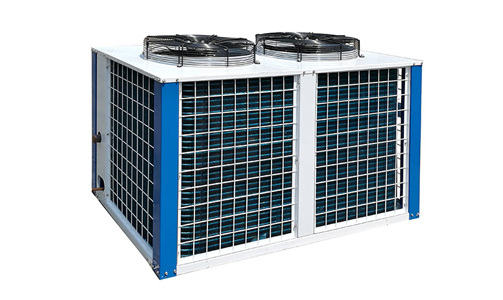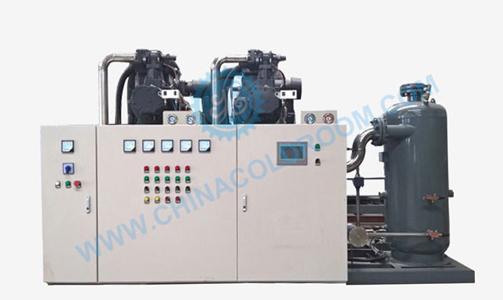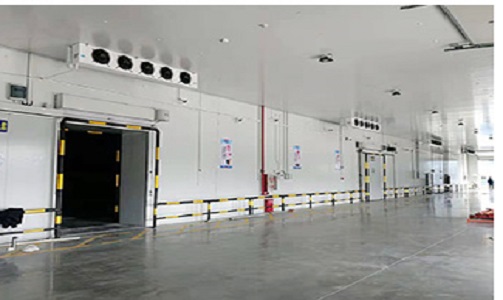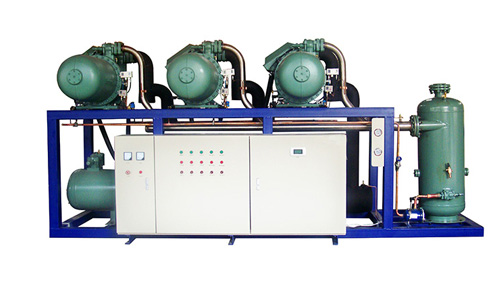Condensers remove heat to convert vapor to liquid. Process condensers transfer heat from the process stream to the utility stream, usually air or water. Utility condensers transfer heat from the utility stream, usually steam or hot oil, to the process stream. Because most engineers consider the process to be a conceptually important factor when naming equipment, process condensers are usually the first to come to mind.
"A sufficiently large AF heat exchanger can achieve a close approach to temperature."
Most often, condensers are shell-and-tube (S&T) or air fin (AF) exchangers. s&T units can perform process condensation on either the tube side or the shell side. Condensation on the shell side is more common. Two factors drive this: pressure drop and the choice of cooling facilities. Systems that handle steam typically have a high volume flow rate. Placing steam on the shell side makes it simpler and cheaper to maintain a low-pressure drop. Corrosion issues when using cooling water, the most popular cooling tool, almost always tends to place the water on the tube side.

Copeland Air-cooled Hermetic Compressor Unit
Choosing the most efficient condenser for a service depends on both process and non-process parameters.
Proximity to temperature.
Common S&T designs have temperature cross limits that prevent the process outlet temperature from being significantly lower than the utility outlet temperature. The approach to approaching temperature requires multiple enclosures in series on a process or special design. Because air entering the bottom of the AF heat exchanger will flow laterally to the tubes, a sufficiently large AF heat exchanger allows for a close temperature approach.
Air Venting.
Start-up often requires air to be exhausted from the unit. In addition, even many full condensing processes may accumulate traces of non-condensable, or disturbances may introduce non-condensables into the system. Venting ducting is easiest for AF exchangers. Venting of S&T heat exchangers with shell-side condensing can often be accomplished with careful design. Venting of S&T heat exchangers with tube-side condensation is difficult.
Wide condensation range mixtures.
Mixtures with a wide condensation range undergo phase separation. Once separated, the partially condensed vapor may no longer have enough heavy material to continue condensing. This can lead to problems with shell and tube condensation in multi-tube processes. All solutions for this require some combination of single-pass tube-side condensation or higher pressure drop on the shell process.

Two-Stage Air Cooled Screw Condensing Unit
Unit cost.
This includes the cost of the exchanger, structure, motor control, and common piping in the unit and its installation. Typically, AF heat exchangers typically cost more than S&T units if the cooling tower is ignored.
Fireproof.
Air fins near the ground are very difficult to fireproof. Aluminum fins are easily damaged. In addition, the tubes containing the process fluid may be directly exposed to flames. With sufficient height, this would no longer be an issue.
Total cost.
This includes any cooling towers, water treatment, and any piping outside the unit boundaries. In general, most AF units have a low total cost if the area is available and the air temperature meets the process requirements.
Maintenance Costs.
AF heat exchangers have moving parts (fans), so they are typically more expensive to maintain. In addition, since tubes can usually only be plugged rather than replaced on AF heat exchangers, maintenance costs include the additional heat exchanger surface needed to compensate for plugged tubes.
Utility failure.
The AF exchanger will operate on natural airflow even when the fan is turned off. The draft depends on operating conditions and flow resistance and can be complex to evaluate. However, in some cases, the ability to remove heat from the process is important even during electrical failures that may stop the flow of cooling water.








